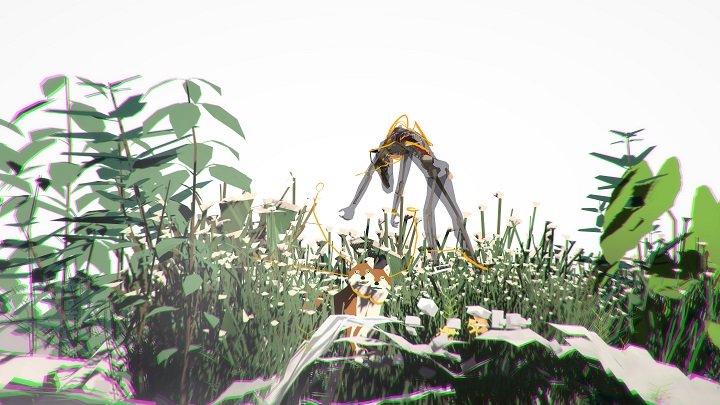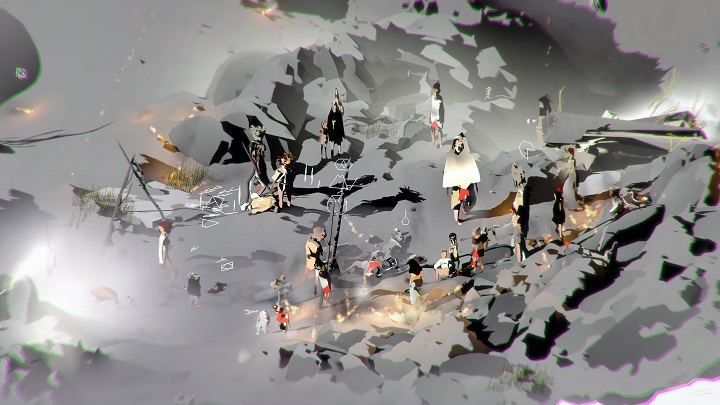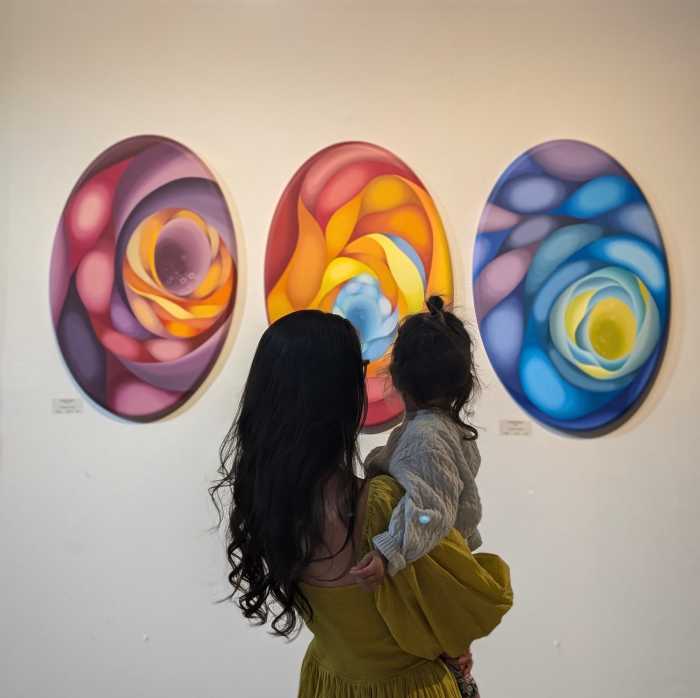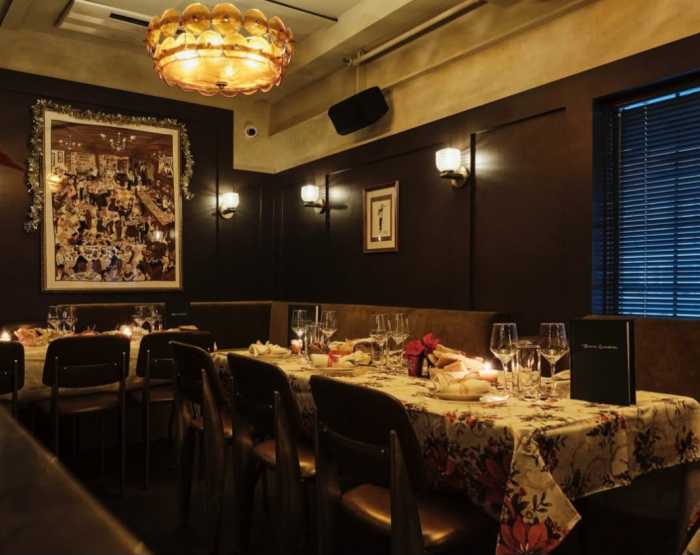An emissary is defined as a person sent on a mission, usually secret, as an ambassador or diplomatic representative. Artist Ian Cheng, with his technologically elaborate art simulations that make up “Emissaries,” being presented at MoMA PS1 from April 9 to Sept. 25, has inadvertently positioned himself as special agent to the art world.
Cheng’s assignment: to test our perceptions and how we connect emotionally to a changing environment.
“What I’m trying to do in ‘Emissaries’ is stage a fight between agents governed by narrative goals and agents governed by reactive instincts,” Cheng said. “I’m trying to get you to see stories as an influencing force in an ecosystem on the same level that gravity, heat and time are influencing forces.
“Emissaries,” he added, “is a trilogy of simulations about cognitive evolution, past and future, and the ecological conditions that shape it. It is composed of three interconnected episodes, each centered on the life of an emissary who is caught between unraveling old realities and emerging weird ones.” The exhibition is curated by Peter Eleey with associate Jocelyn Miller.
For those unfamiliar with the artistic concept of simulations, Cheng’s work looks like an animation projected onto a wall. The graphics are similar to those in a video game. But unlike in a movie, what happens is not predetermined; and unlike in a video game, no one is “playing” it.
Instead, the beings in the simulation act according to a program that Cheng created.
“A viewer can observe it like they observe nature, but they do not directly manipulate it,” Cheng said. “Like nature, they can take pleasure in the unfolding indeterminacy of the ecosystems, or they can choose to closely follow a character and the unfolding narrative of the life of that character.”
Influenced by the work of director, manga artist and writer Hayao Miyazaki, Cheng creates his visually dynamic simulations like a “video game that plays itself,” with each simulation taking viewers into a different ecosphere, complete with its own values, traditions and goals.
Completely filling MoMA PS1’s third floor main gallery, the largest single gallery in the museum, “Emissaries” will create an immersive space functioning like a digital pantheon of large-scale projection architectures, each offering a portal or vista onto one of the three episodes that make up Cheng’s trilogy. The PS1 show is the first time all three installments will be shown together.
In the first simulation, “Squat of Gods” (2015), a beautiful primordial ancient community is faced with the threat of volcanic destruction and is wrestling with an internal struggle for authority. The second installment, “Forking at Perfection” (2016), takes what became of the community in “Squat of Gods” but travels 3000 years into its future, where the biosphere is now fully regrown and is now a fertile ecological playground. The final installment was still being finalized as of press time.
Curatorial associate Miller elaborated: “Cheng’s simulations mirror the natural world, populating, accumulating, disintegrating and reformulating over time. The exhibition will frame these evolving digital ecologies by borrowing from architectures traditionally used in national parks or museums of natural history, where metonymic diorama represents a larger expression of life forms that together illustrate an ecosystem or choreography for evolution and existence.”
Born in 1984 in Los Angeles, Cheng studied cognitive science at Berkeley before getting his MFA in visual arts at Columbia University. His work has been shown all over the world, including Turin, Italy; Oslo, Sweden; Shanghai, China, and London, England.
Cheng said he is excited to show these works at PS1, as he has long revered the space: “It’s been a metamorphic site to me,” he said. “It was a school that hallucinated itself as an art institution.”And with his simulations of ecosystems and national parks, Cheng’s “Emissaries” will again transform PS1 into something it’s never been before; it’s an exhibition not to be missed.






































